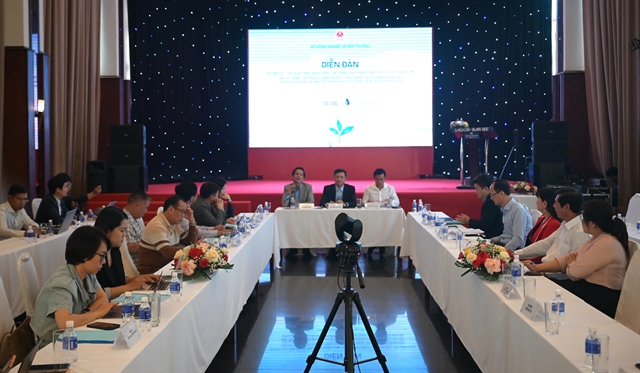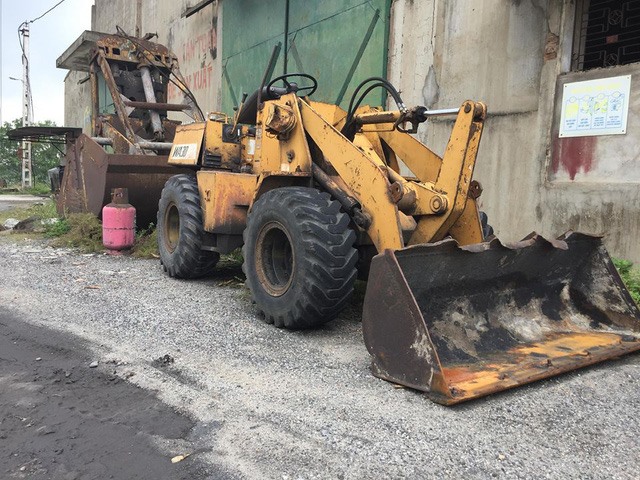 Environment
Environment

Once the second most important port in central Hà Tĩnh Province, Xuân Hải Port in Nghi Xuân District is seeing a significant decrease in their business due to river sedimentation.
 |
| An excavator sits idle at Xuân Hải Port in central Hà Tĩnh Province. — Photo: dantri.vn |
HÀ TĨNH — Once the second most important port in central Hà Tĩnh Province, Xuân Hải Port in Nghi Xuân District is seeing a significant decrease in their business due to river sedimentation.
The sea-river port was expected to be a driving force for the economic development of the eastern area of Hà Tĩnh Province.
Now, it is almost inactive with excavators and cranes seen sitting idle, although the last months of the year are often the busiest days for ports, reported Dân Trí online newspaper.
In the past, the port used to be the main transit hub for timber material imported from Laos to be re-exported to China and other countries in the region. A variety of other products like coal, construction materials, manganese ore and food were also shipped from the port.
But now, only woodchips and plaster are transported through the port, said an official at Xuân Hải Port Enterprise.
According to local customs authorities, the total export-import value of the port last year reached just US$7.1 million, while the figure for the first six months of 2018 stood at US$2.6 million, with the import value accounting for a meager $26,000.
The gloomy situation has been happening for the past two years, local officials said.
Lê Trí Dũng, deputy head of Xuân Hải Port Customs Sub-department said the main reason is sedimentation in the river disrupting vessel traffic.
“Some companies have built infrastructure and installed machines at the port for export-import activities. But the sedimentation has prevented large vessels docking at the port,” he said.
The port was designed to receive vessels weighing up to 3,000 tonnes, but currently only vessels weighing less than 1,000 tonnes can approach.
“Dividing the goods, loading them onto smaller vessels and transporting them to larger vessels anchored further offshore is costly for them,” Dũng added.
He said the customs sub-department had proposed to higher authorities to undertake dredging work to remove sediment and facilitate the docking of vessels, but no action had been taken so far. — VNS




